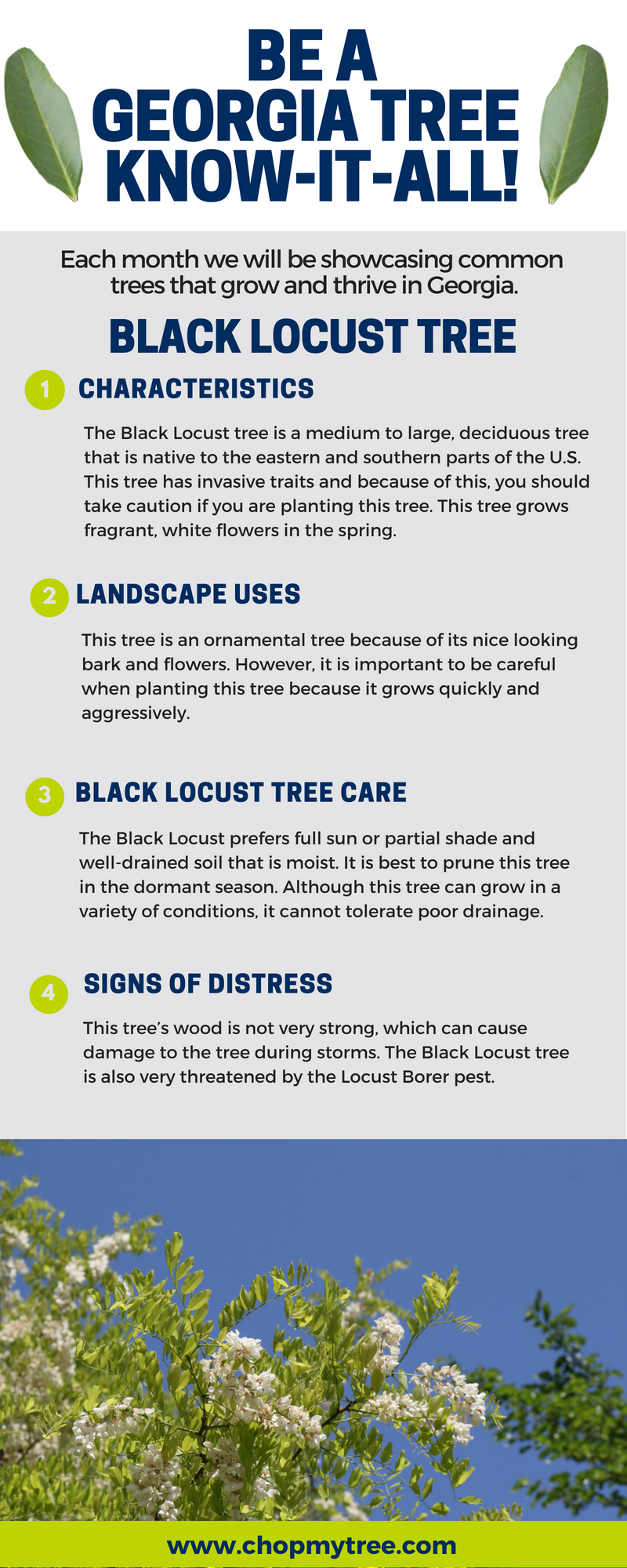Watch For Crucial Indications That Indicate Your Tree May Be A Threat; Recognizing These Can Assist Shield Your Residential Or Commercial Property And Those You Care About.What Should You Keep An Eye On Next?
Watch For Crucial Indications That Indicate Your Tree May Be A Threat; Recognizing These Can Assist Shield Your Residential Or Commercial Property And Those You Care About.What Should You Keep An Eye On Next?
Blog Article
Material Created By-Reid Hubbard
When it involves tree care, identifying the indications that it's time for removal is necessary for your safety and residential property. You could notice blemished fallen leaves, wilting branches, or strange fungal developments suggesting health issue. Architectural issues, like a significant lean or splits in the trunk, can also position risks. Comprehending these warning signs can help you make informed decisions concerning your trees and avoid prospective dangers lurking in your backyard. What should you search for following?
Signs of Degeneration and Disease
When you notice signs of decay and condition in your trees, it's crucial to act promptly. Try to find stained fallen leaves, wilting branches, or uncommon growths like fungi. These can indicate that your tree is having a hard time.
If you see splits in the bark or soft, mushy wood, these symptoms suggest internal degeneration. Additionally, view it in parasites around your tree can signal that it's damaged and prone.
Look for any type of dead or passing away limbs, as they pose a danger to your residential or commercial property and safety and security. If you doubt about what you see, seeking advice from an arborist can provide clarity.
Dealing with these signs early can conserve you from extra extensive damage and make certain the health and wellness of your backyard. Don't wait up until it's too late.
Structural Instability and Leaning
As you observe your trees, keep an eye out for any indications of architectural instability or leaning. If How To Prune Fruit Trees leans dramatically, it may indicate that the root system is compromised.
Search for any splits in the trunk or dirt around the base; these can indicate potential failing. Furthermore, look for uncommon growth patterns, like a lopsided crown, which might suggest that the tree is battling to hold itself upright.
If you see that the tree leans toward your home, high-voltage line, or other frameworks, it poses a higher risk. Don't disregard these signs-- seek advice from an arborist to examine the scenario.
Acting early can stop costly damages and ensure your security.
Dead or Perishing Branches and Foliage
If you observe dead or passing away branches and foliage on your tree, it's a clear indicator that something's wrong.
These undesirable areas can indicate underlying concerns like condition, insect invasions, or environmental stress. When branches lose their fallen leaves or turn brown, they're no more adding to the tree's health. Neglecting these indicators might lead to further decrease, making your tree extra dangerous.
Dead branches can conveniently break off throughout storms, posturing a threat to property and people close by. It's critical to assess the degree of the damage.
If the problem impacts a substantial part of the tree, consider getting in touch with a professional. They can help determine if removal is required to make certain safety and keep the beauty of your landscape.
Conclusion
If you notice any type of signs of decay, structural instability, or dead branches on your trees, do not neglect them. These indicators can posture significant safety and security threats to you and your home. It's constantly best to get in touch with a professional arborist that can supply a professional analysis of your trees. Doing something about it early can protect against mishaps and expensive damage, ensuring your landscape continues to be safe and healthy and balanced. Remember, it's much better to be positive regarding tree treatment than to wait on a disaster to happen.
